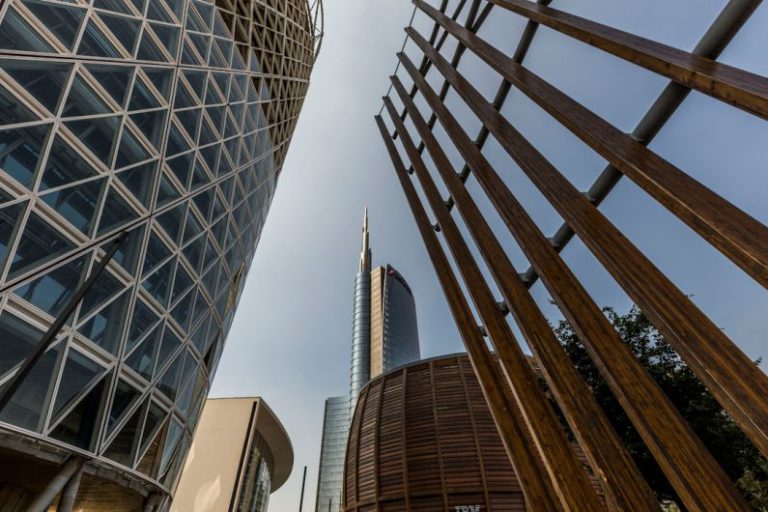
In the realm of real estate, the distinction between urban and suburban areas plays a significant role in shaping the market trends and preferences of homebuyers. Each setting offers unique advantages and appeals to different demographics based on lifestyle choices and priorities. Understanding the ongoing trends in urban versus suburban real estate can provide valuable insights for both buyers and sellers navigating the dynamic property market.
**The Urban Appeal**
Urban areas have long been synonymous with convenience, vibrancy, and accessibility. The allure of city living lies in the proximity to cultural amenities, dining options, entertainment venues, and employment opportunities. The trend of urbanization has been steadily growing as more individuals seek the excitement and energy of metropolitan life. The younger demographic, particularly millennials and Gen Z, are drawn to urban settings for their social connectivity and dynamic lifestyle.
**The Suburban Resurgence**
In contrast, suburban areas are experiencing a resurgence in popularity driven by shifting priorities and lifestyle preferences. The appeal of suburbs lies in the spaciousness, tranquility, and sense of community they offer. Families, empty nesters, and individuals seeking a quieter environment are increasingly gravitating towards suburban neighborhoods. The desire for larger homes, yards, and a slower pace of life has fueled the demand for suburban real estate.
**Market Trends in Urban Real Estate**
In urban real estate markets, the trend of mixed-use developments and vertical living continues to gain traction. The concept of live-work-play environments, where residential, commercial, and recreational spaces coexist, appeals to urban dwellers seeking convenience and efficiency. Additionally, the demand for walkable neighborhoods with access to public transportation remains high, as more individuals prioritize sustainability and reducing their carbon footprint.
**Rising Affordability Concerns**
One of the challenges in urban real estate is the issue of affordability, especially in major metropolitan areas where housing prices have skyrocketed. The lack of affordable housing options has prompted some buyers to look beyond the city limits for more budget-friendly alternatives. This affordability concern has contributed to the growth of suburban real estate markets, where housing prices tend to be more competitive and offer better value for money.
**Shift Towards Remote Work**
The rise of remote work in recent years has also influenced the trends in urban versus suburban real estate. With more individuals able to work from home, the appeal of living in urban centers for proximity to offices has diminished. Suburban areas, with their larger homes and outdoor spaces, have become increasingly attractive to remote workers seeking a better work-life balance. This shift has led to a surge in demand for suburban properties with home offices and amenities that support remote work.
**The Future Outlook**
As we look ahead, the trends in urban versus suburban real estate are likely to continue evolving in response to changing demographics, preferences, and economic factors. Urban areas will need to address affordability concerns and prioritize sustainable, inclusive development to attract a diverse range of residents. Suburban markets will see continued growth as more individuals prioritize space, privacy, and community connections in their housing choices.
**In Summary**
The trends in urban versus suburban real estate reflect the diverse needs and preferences of today’s homebuyers. While urban areas offer convenience and vibrancy, suburban neighborhoods provide space and tranquility. Understanding these trends can help buyers and sellers make informed decisions in a dynamic real estate market. Whether you prefer the hustle and bustle of the city or the peacefulness of the suburbs, there are ample opportunities to find a home that aligns with your lifestyle and priorities.





